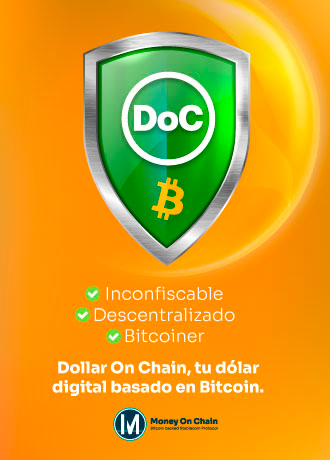Dagong Global Credit Rating, una de las agencias de calificación crediticia más grandes de China, publicó recientemente un informe que comenta sobre la «criptomoneda» venezolana respaldada por petróleo, El Petro (PTR). Según el informe, la iniciativa de Venezuela de crear una «criptomoneda» «puede ayudar al sistema monetario global a recuperar su valor básico».
Si bien la agencia no afirma si El Petro puede ayudar a la economía de Venezuela, señala que la emisión de una criptomoneda respaldada por petróleo es significativa ya que la diferencia de otras criptomonedas como el bitcoin no se encuentran respaldadas por ningún activo.
El esfuerzo de Venezuela, escribió la agencia, puede «generar lecciones útiles sobre cómo se pueden reparar los defectos del sistema monetario internacional para que el sistema pueda recuperar su valor básico». Al estar respaldado por las reservas de petróleo del país, El Petro está protegido de la especulación y volatilidad, informa Dagong.
El informe señala además que desde el colapso del sistema de Bretton Woods, el sistema monetario internacional ha estado dominado por el dólar estadounidense. La base crediticia de la moneda, continúa Dagong, se ha visto debilitada por la «emisión de moneda en el país que excede su capacidad de creación de riqueza».
El informe dice:
«La frecuente aparición de crisis crediticias es evidencia de la insuficiencia en el dólar estadounidense para desempeñar efectivamente el papel de la moneda de reserva internacional. Bajo tales circunstancias, la innovación de petro puede proporcionar lecciones útiles para que todos los países exploren y experimenten con nuevas formas de moneda respaldadas por riqueza material y buenos para pagos transfronterizos y financiamiento internacional «.
El informe de Dagong termina afirmando que los recursos actuales de El Petro no son renovables. El éxito del mismo, como tal, dependerá de la capacidad de Venezuela para crear riqueza. El informe dice:
«La capacidad incremental de riqueza de una nación es la clave de la credibilidad de su moneda virtual. En el caso de petro, debe confiar para su sostenibilidad en la recuperación de Venezuela en la capacidad de creación de riqueza. Una vez que la nación emisora se libere de las limitaciones de su capacidad incremental de creación de riqueza, el precio de la moneda se desviará de su valor y preparará el escenario para una nueva crisis crediticia «.
En este ultimo punto que señala el informe de que todo dependerá de la capacidad que tenga Venezuela para crear riqueza; abre una gran interrogante sobre el tema; debido a la poca capacidad que posee actualmente Venezuela en producir riquezas por las múltiples y amplias distorsiones económicas que existen en el país con un control cambiario que prácticamente tiene una economía dolarizada de forma no oficial, además de los pronósticos de la caída del producto interno bruto (PIB) estimado por la Comisión Económica para América Latina (CEPAL) que según sus estimaciones la economía venezolana decrecerá un 5% en el 2018, cifra totalmente diferente al resto de países de América Latina que tienen pronósticos positivos para sus crecimientos económicos.
Lo cierto es varios países están buscando al igual que Venezuela aprovechar las ventajas de la tecnología blockchain para emitir tus criptomonedas, entre estos países se cuentan Irán, Rusia y Turquía.







Discussion about this post